AO Edited
Panama Hotel and Tea Shop
This historic building provides a powerful glimpse into the lives of Japanese Americans forced to relocate during World War II.
Seattle’s Panama Hotel may look like little more than a quaint bed and breakfast with the Pacific Northwest’s requisite tea and coffee shop in its lobby, but hidden within its floorboards is an aspect of America’s history that refuses to be buried.
Built in 1910 by Seattle’s first Japanese-American architect, Sabro Ozasa, from the outset, the Panama Hotel served as a home to generations of new immigrants to the United States settling in the city’s bustling Japantown (Nihonmachi) District, as well as international travelers and offshore fishermen hailing from all over the Pacific Rim. Throughout the late 1930s, as the area grew and prospered, the Panama Hotel’s popularity was no exception. With tenants above and a Japanese bathhouse in the basement, the Panama Hotel rose to be the center of Nihonmachi’s cultural life, bolstered by a traditional Japanese bathhouse tucked in its basement—the restored version is on display, and remains the only sento in the United States.
Everything changed, however, after the bombing of Pearl Harbor. President Franklin Delano Roosevelt ordered the forced relocation of Japanese Americans, and from 1942 to 1945, the U.S. government would force some 120,000 Japanese Americans to leave their homes. Many were incarcerated or placed into concentration camps. Today, a window on the floor of the restored tea shop provides a glimpse into the area where Seattle’s residents hid their personal possessions in hopes of retrieving them later. Many would never return.
The hotel’s current owner, Jan Johnson, bought the hotel from original owner Takeshi Hori in 1985, and offers tours of these original, unclaimed belongings. Visitors walk away with a better understanding of Nihonmachi’s vital role in Seattle’s cultural development in the years before and since this dark period of American history.
Recent years have seen the Panama Hotel become a newfound destination for the literary crowd, drawn by its pivotal and poignant role in Jamie Ford’s 2009 novel Hotel on the Corner of Bitter and Sweet. The aforementioned belongings discovered in the hotel set the rest of the story into motion.
Today, the Panama Hotel continues to operate as a functioning bed and breakfast, with each of its 101 rooms decorated to match a theme. All are welcome to step inside for a peek at the discarded possessions visible through the floorboards in its public-facing tea house in the lobby, which also serves excellent Japanese pastries.



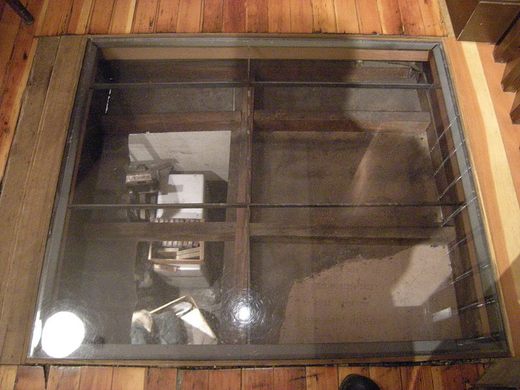



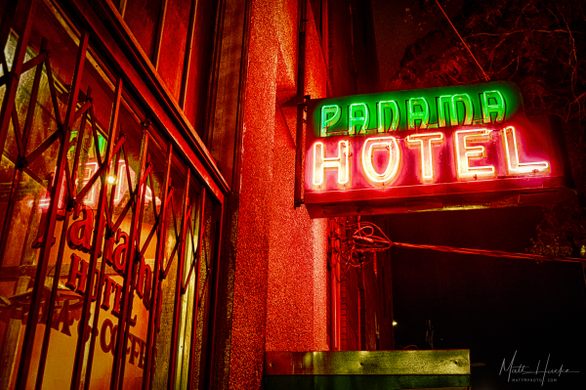
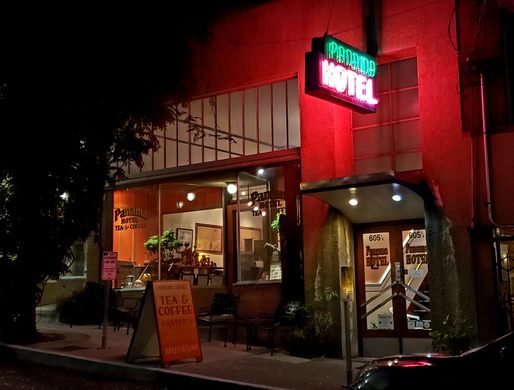
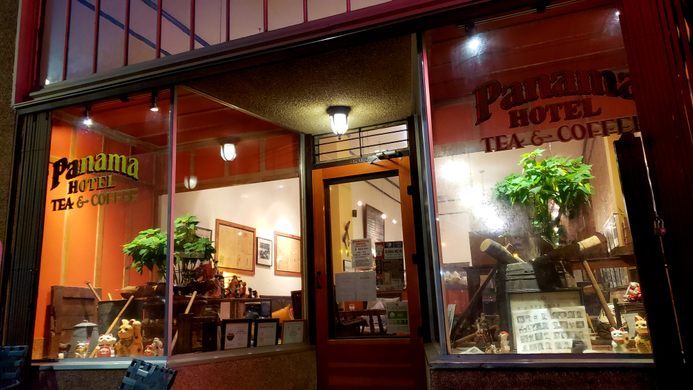
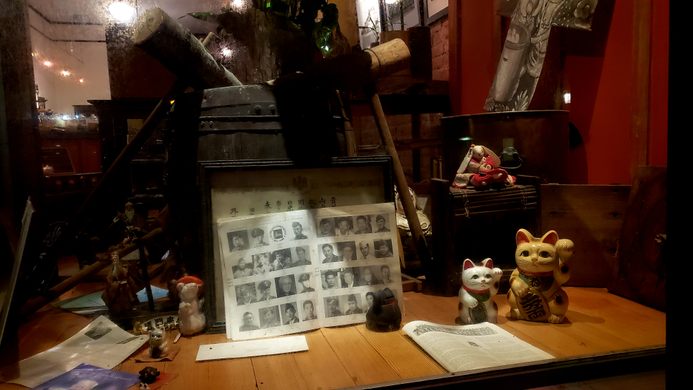







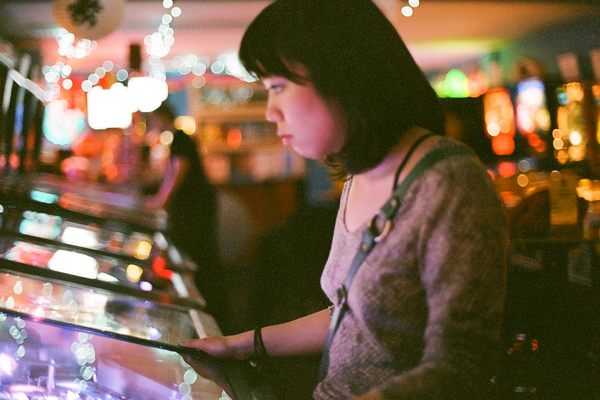

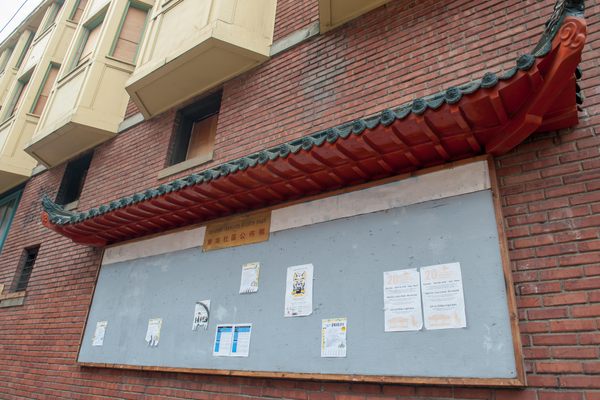
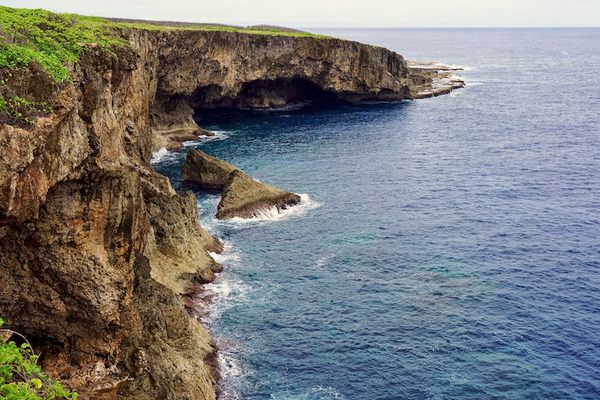

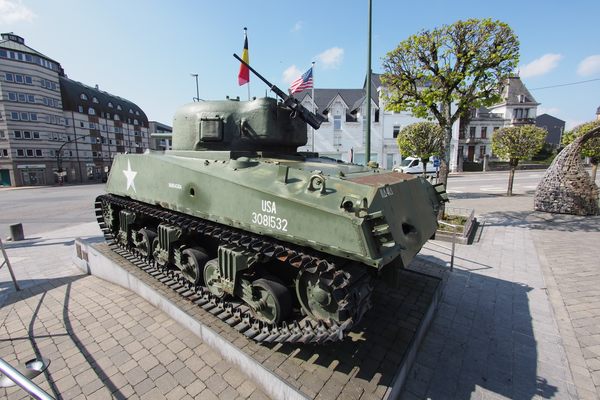
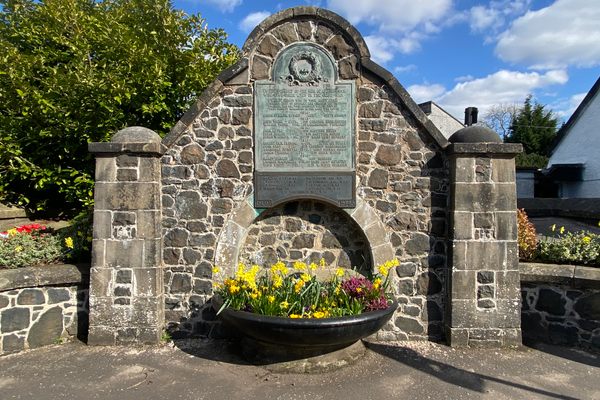


Follow us on Twitter to get the latest on the world's hidden wonders.
Like us on Facebook to get the latest on the world's hidden wonders.
Follow us on Twitter Like us on Facebook